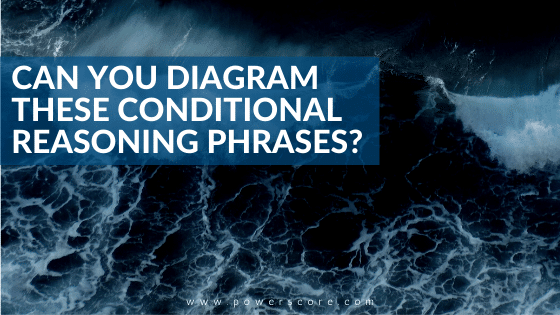Conditional reasoning appears throughout the LSAT, in the arguments presented within the Logical Reasoning sections of the test, in the grouping games that are featured in every Logic Games section, and even (to a lesser extent) in the Reading Comprehension section of the test. This type of logic classifies conditions as Sufficient or Necessary, depending on whether they are sufficient to glean further information, or necessary for something else to be true or to occur. (For an expansive discussion of conditional reasoning as it applies to the LSAT, check out our Logical Reasoning Bible).
This area represents an important component of legal reasoning, of course, but more importantly from test makers’ perspective, conditional reasoning has proven to be a reliable source of confusion for test-takers.
Common Mistakes
Even when classic conditional indicator words such as “if” or “then” are included, it can be very easy to mistake the sufficient condition for the necessary. One example that I often like to use in class is the rule “Allie will be there if Brian is there.” It can be tempting to create a diagram that looks like this:
A → B
This diagram, however, does not represent the conditional statement above. It is a very common error, because of how the rule has been phrased, and because of the order in which the two conditions (Allie and Brian) have been presented. “If” introduces the sufficient indicator in this example, so the diagram should really look like this:
B → A
Did you see through that one? If so, nice work! And if you didn’t, you shouldn’t feel bad—students routinely miss it, and that’s because it’s an easy mistake to make.
Ready for More?
Take a look at a few more examples, and see how quickly you can determine which condition is the sufficient one and which is the necessary:
- A ticket is all that is required for entry into the festival.
- If you have the necessities, then that should be sufficient.
- We will leave if and when we are ready.
- Your entry will be the only prize winner if, but only if, it is the only entry.
- I’ll use the word “then” only if I use the word “if.”
Go to the next page to reveal the answers!

